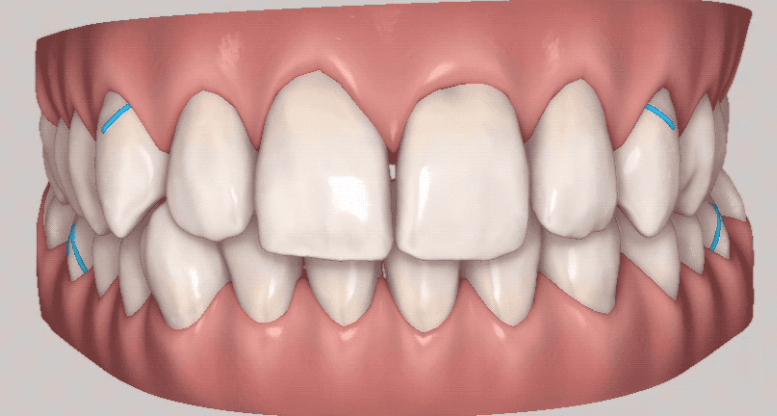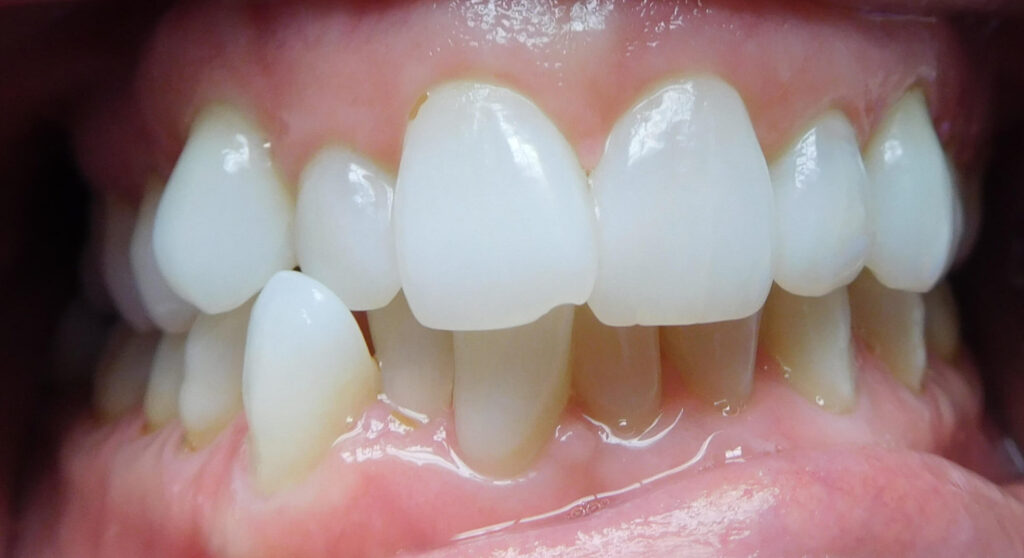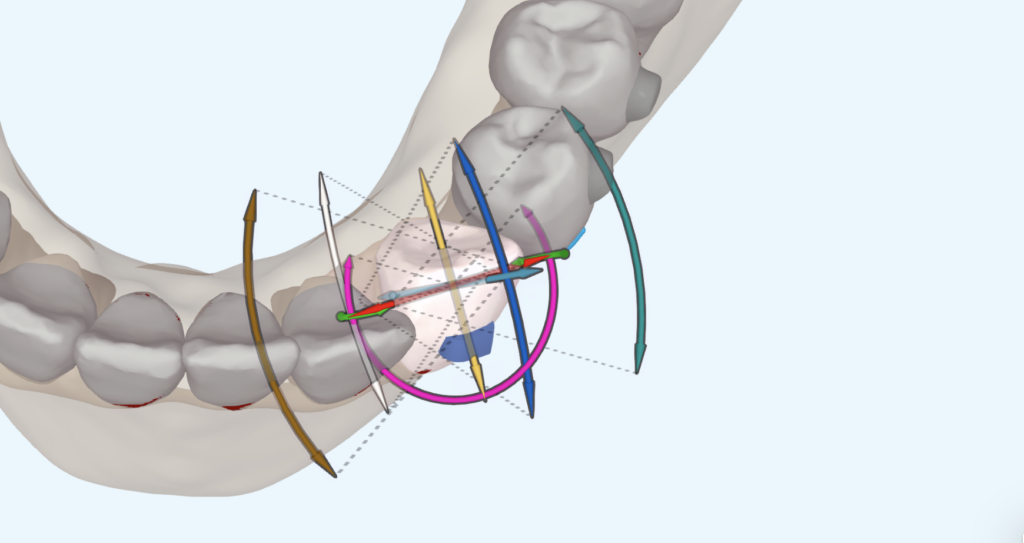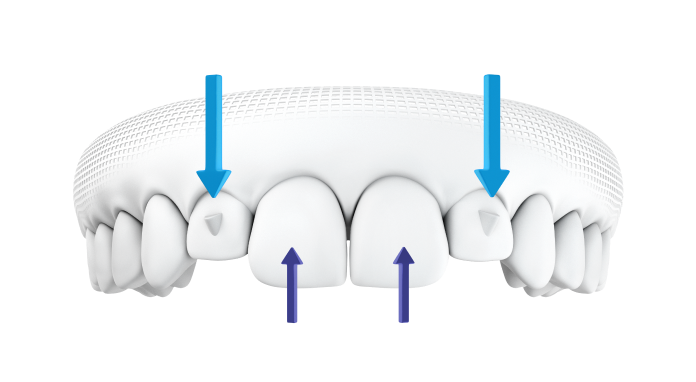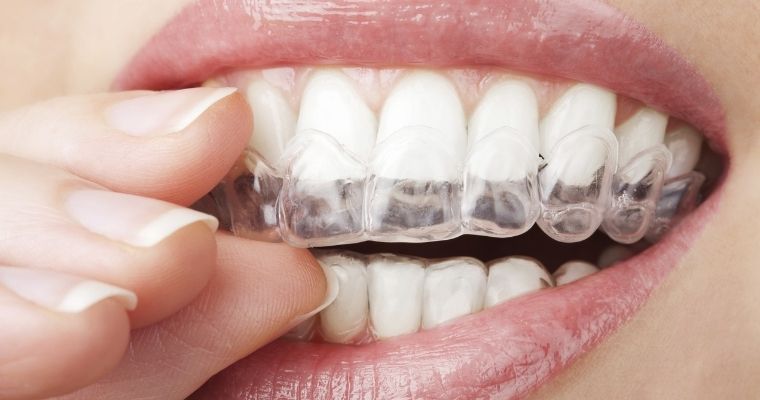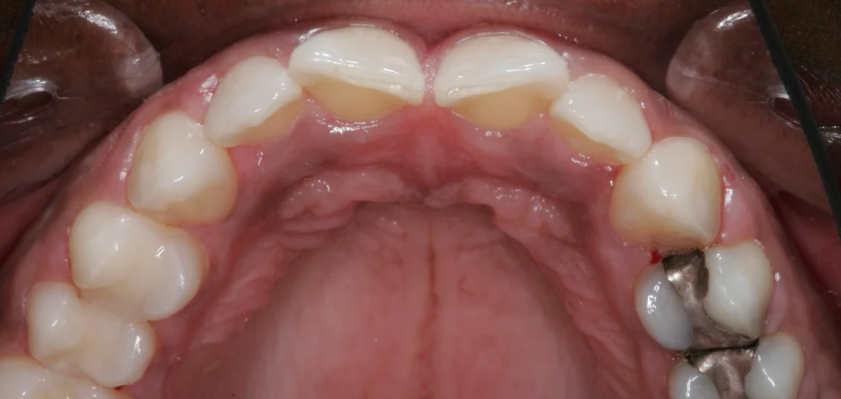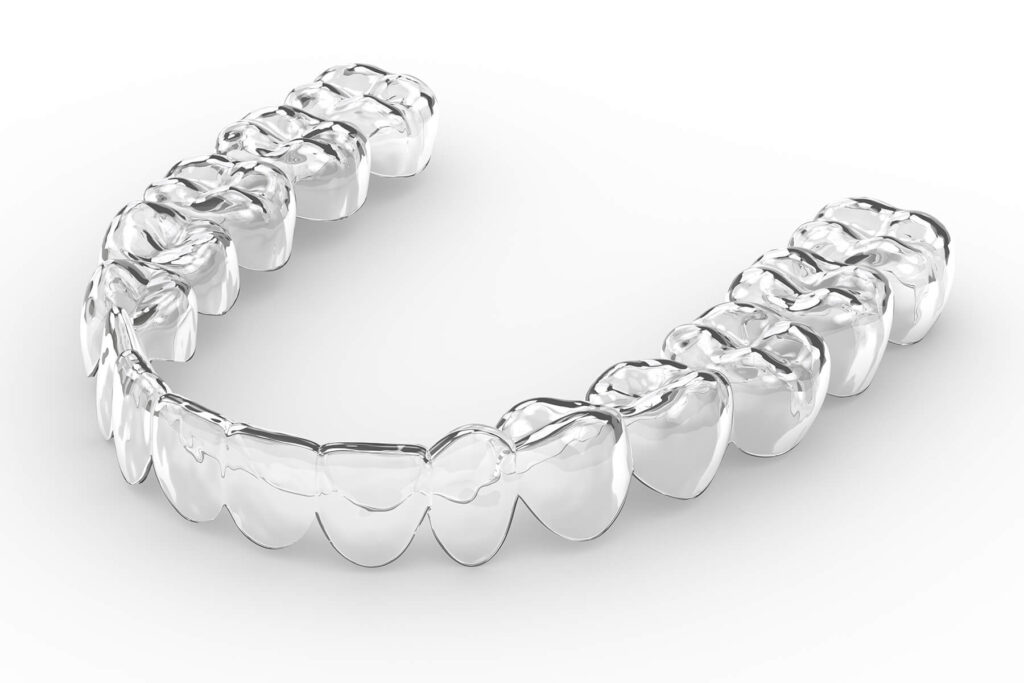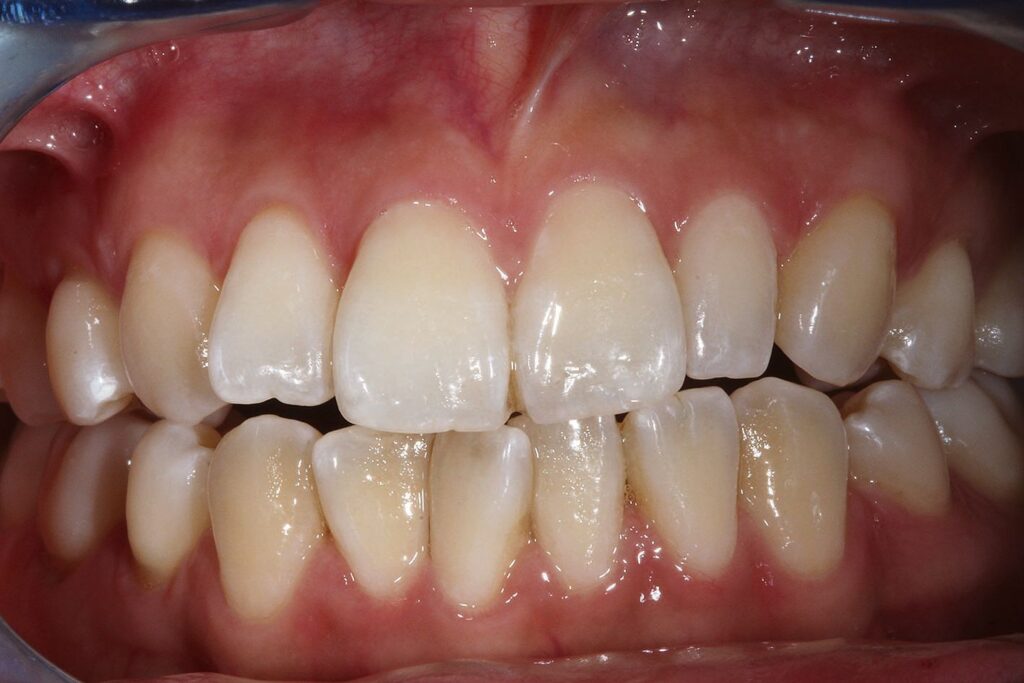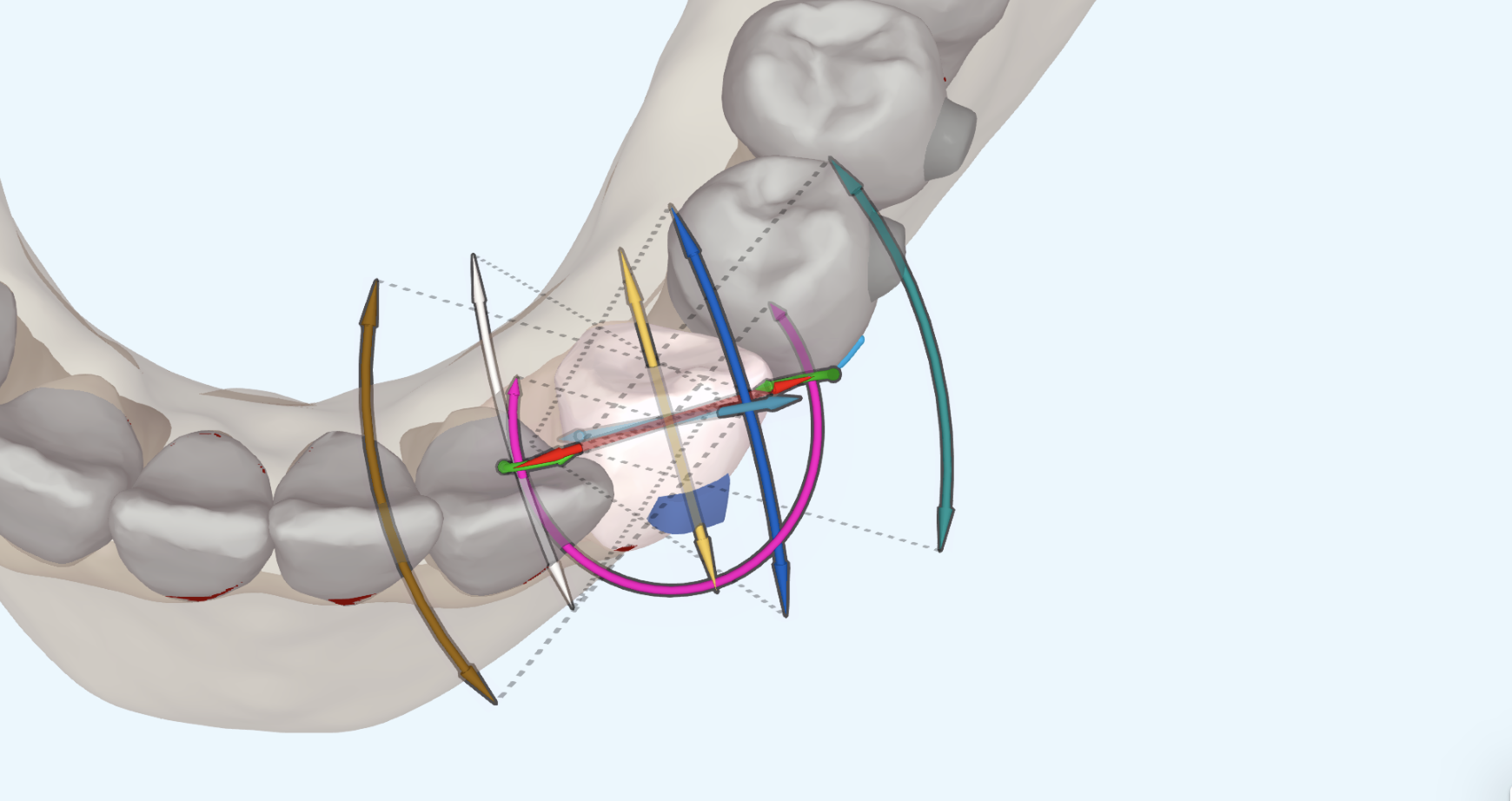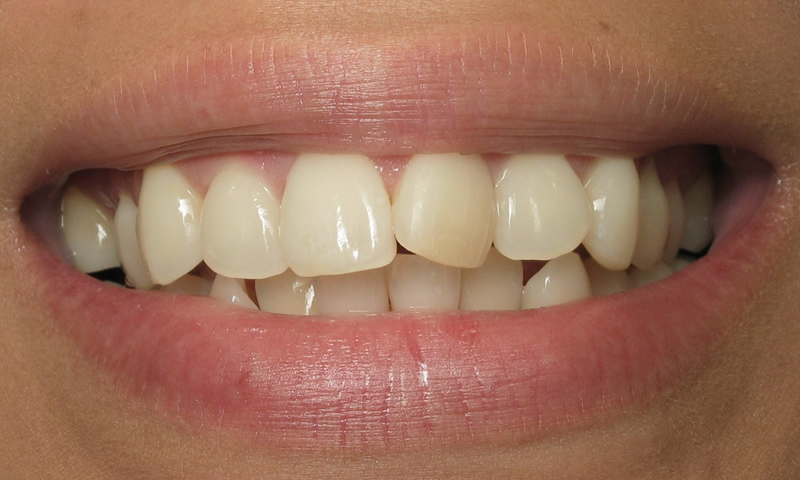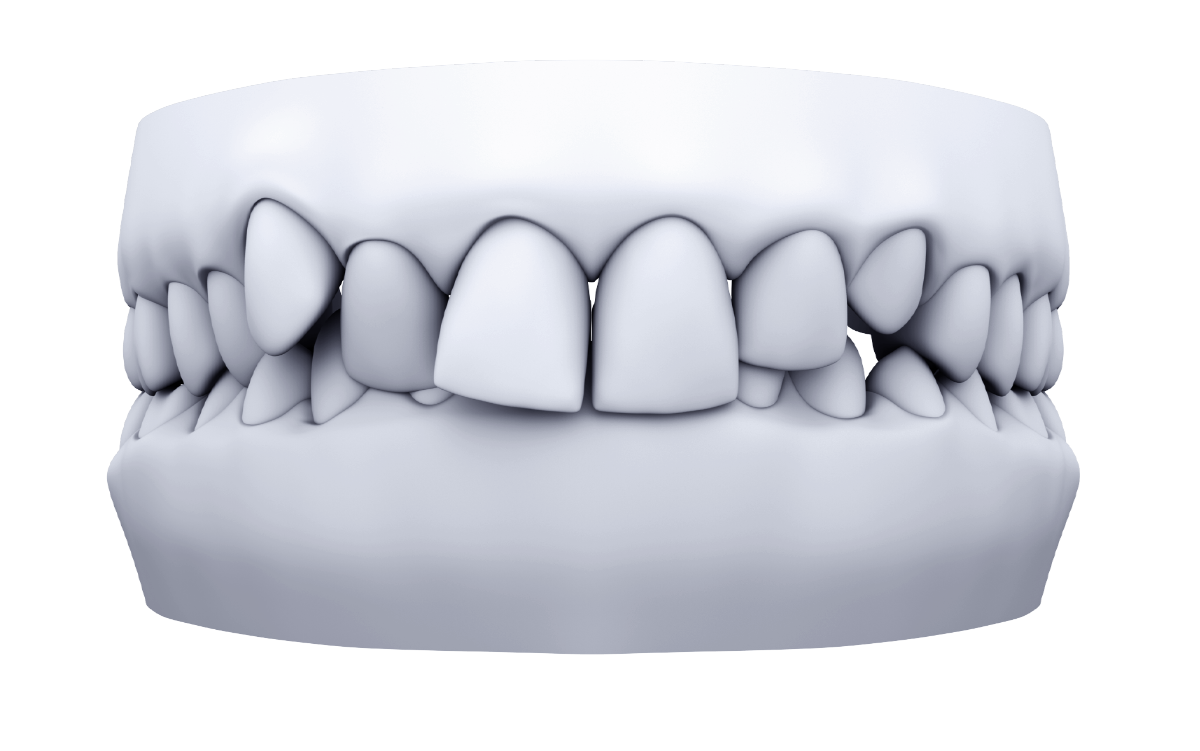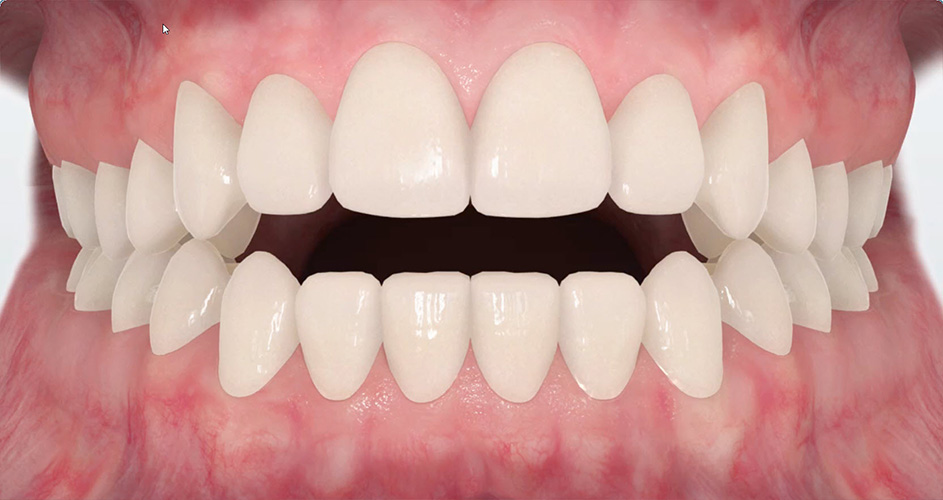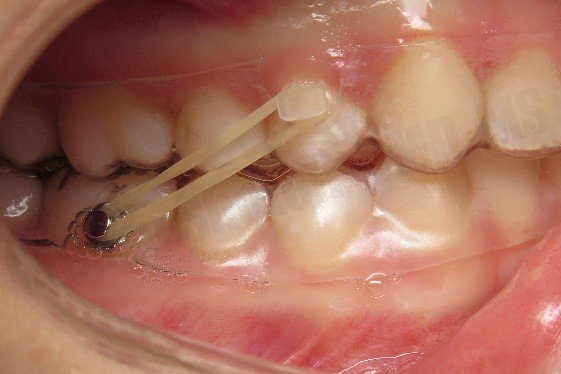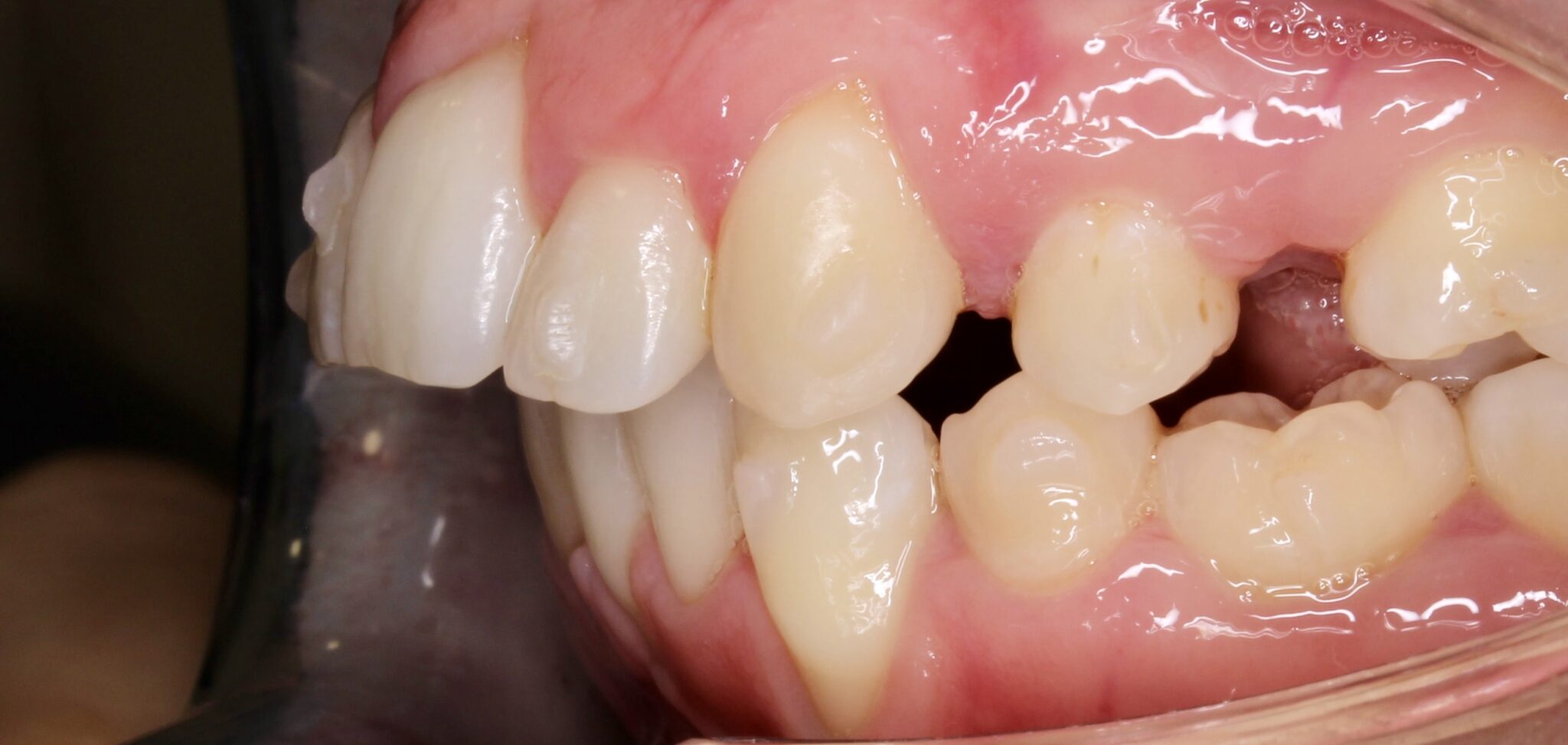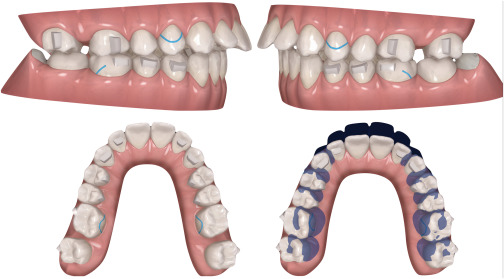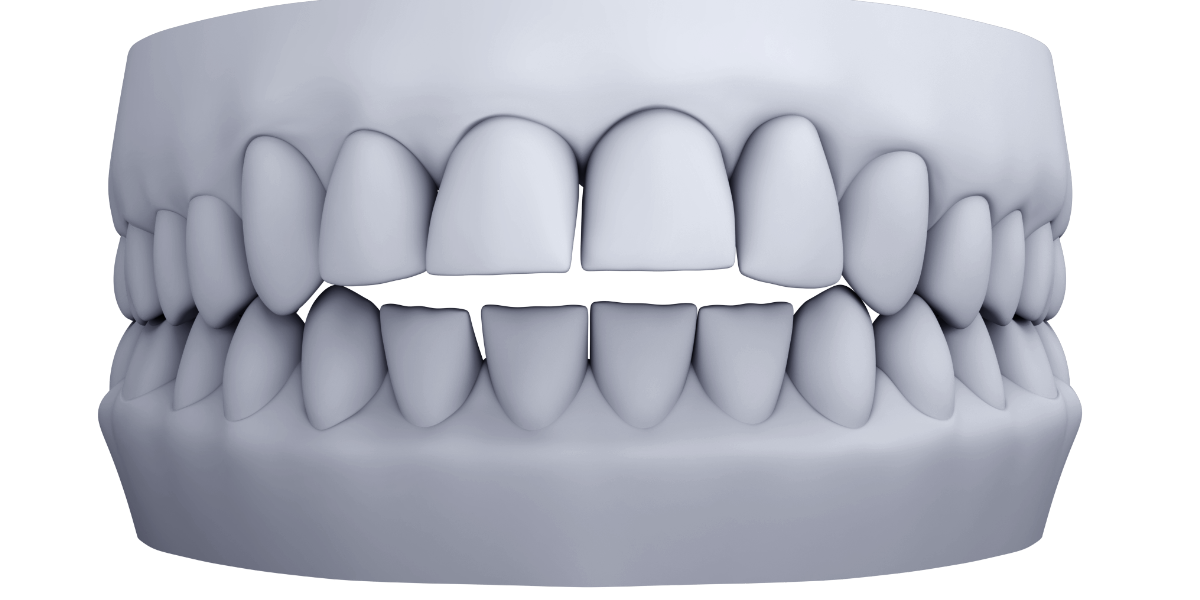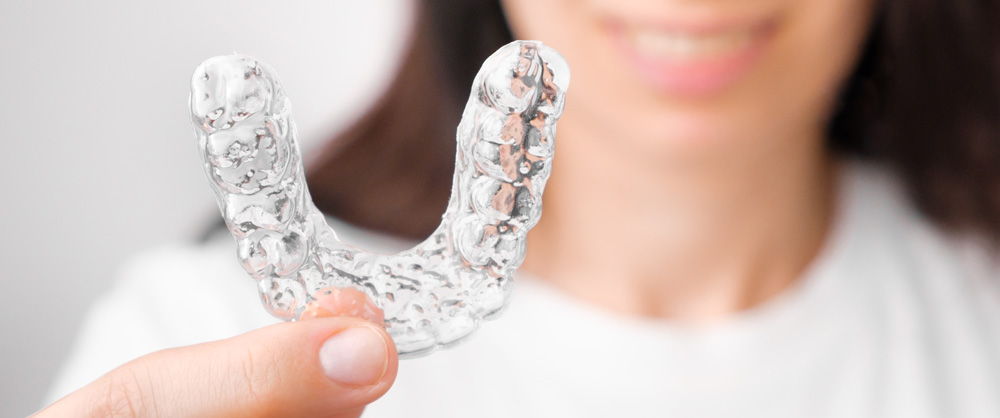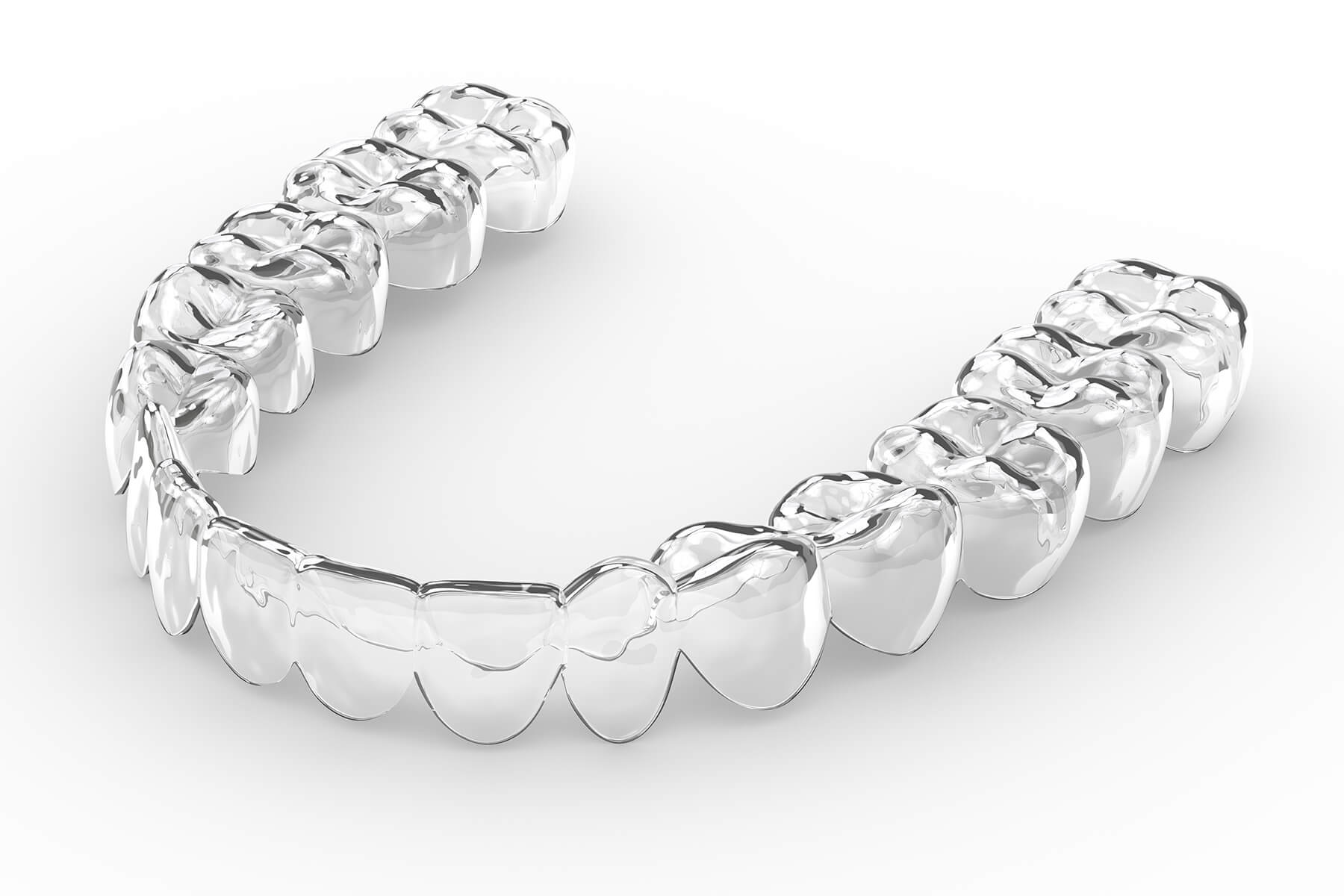Upper lateral incisors
Rotating canines with aligners
Rotating canines and Class II correction Attachment placement on rotated canine
Overcorrections
It is a good strategy related to overcorrections of some isolated movements, such as rotations or intrusions, is to ask that the movement is done normally during the aligner sequence, but the overcorrection to be done alone, at the end of the sequence. This way, if…
Tooth movements.
Tooth Movements. Teeth can de-rotate, extrude, intrude, procline, torque, bodily move, etc at a rate of 0.2 mm of linear movement or 2 degrees per aligner approximately 2 weeks at a time. The predictability to achieve the desired outcome will depend on how well each tooth responds to the forces programmed within each aligner. Some movements will be more…
Retention
In a comparative study of the retention of fixed braces versus Invisalign retainers, Kuncio et al (2007) found that, in many cases, aligner treatment can relapse more than fixed braces, so patients are instructed to continue to wear their retainers for maintenance treatment. Combination fixed…
Treatment monitoring
Anterior tooth rotation
Rotated anterior tooth: Clincheck instruction requesting Hinge Axis rotations: “Please correct anterior rotations with hinge-type movements. Create an axis for rotation (hinge) on the mesial or distal of the tooth. It is OK to move the hinge buccal to create spacing but perform ALL the…
Preferences
Here are the first 6 items in the Global clinical preference page. I have addedsome comments. Special instructions: Instructions: 1.Please correct anterior rotations with hinge type movement. Create an axis for rotation (hinge) on the mesial or distal of the tooth. It is OK to…
Upper lateral incisor
Attachment recommended for rotated lateral incisor: Attachments design for rotation mesial in: Horizontal rectangular attachment 4 mm long, 1.5 mm height, 1.25 mm thick on the incisal margin tapering into the crown on the gingivalmargin, and rotate the whole attachment 45 degrees so it goes…

